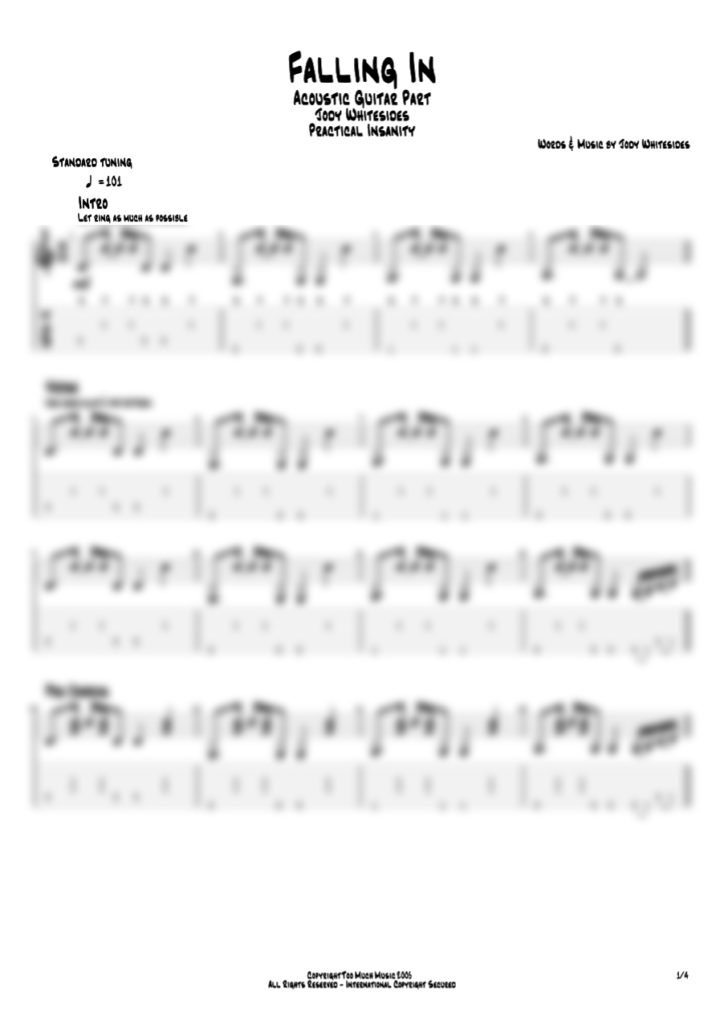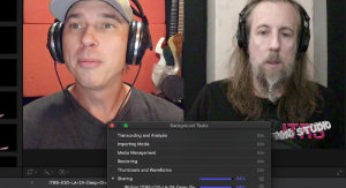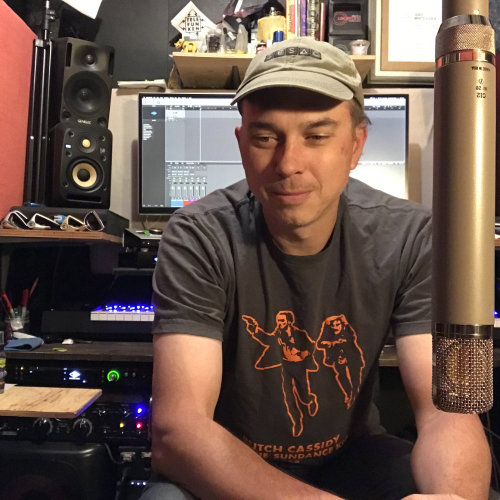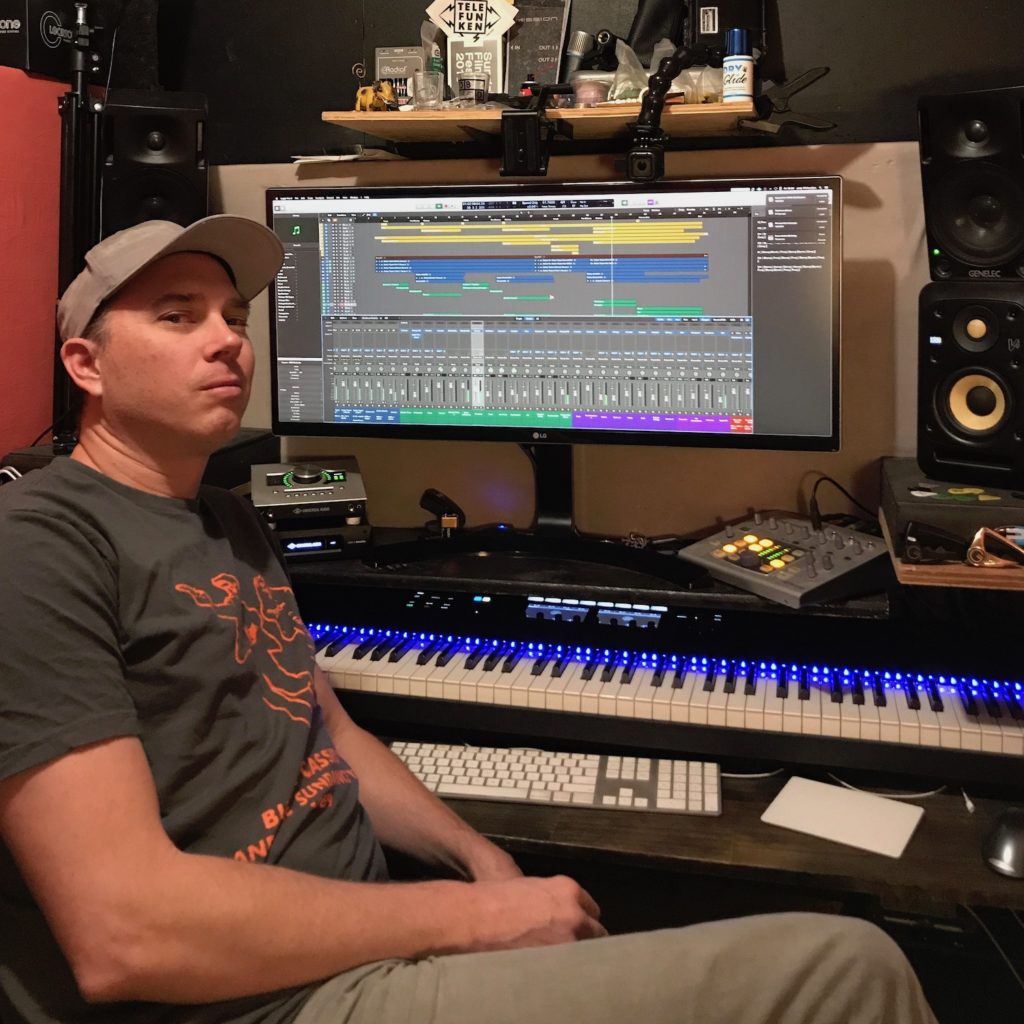Every musician out there has at least one other musician that has influenced their musical perspective. Stealing From One Source It’s been said that mediocre artists steal entirely from one source. Hence my opening line that we all have at least one influence. I remember very distinctly a music teacher that uttered those very words […]
Little by little, bit by bit, step by step. It’s a different storyline that is starting to develop here. I’m setting up shop. Here’s the proposed roadmap… I’ve never really been one to blatantly sell merchandise from my website. From a show, sure. But not from my website. At this point I’m looking back at […]
Sitting here waiting, like I’m on the remarkable long road, for my studio machine to export video to a podcast. As if I don’t have enough to do. Much like you. As I’m twiddling thumbs waiting on the export, I’m thinking about the vocals I’ll be tracking later tonight. Then I got the wild idea […]
I was in the middle of working on another post when the news of Eddie Van Halen passing away jumped out at me as a notification on my computer screen. WTF?!? As a guitar player, that kinda hits pretty hard. Mainly because he was one of the most influential guitarists in the history of guitar. […]
We’re all in a state of what the fuck right now. Knee deep in the era of COVID-19 where people are lost. The smart ones are sheltering in place, especially where they’ve been ordered to. The bold one are going on with their lives like they’re invincible and it won’t get them. The worriers #1 […]
2020 got off to a start of injuries. Over the holidays I had a bizarre fall coming home from skiing. The driveway is a little sloped and I took a slightly wrong step, one leg shot out and I landed on top of my other leg. As I was going down I was thinking, please […]
Hello 2020 We’ve made it thru 2019 and we’re still here. That’s a great thing, all things considered. First off – Happy New Year. I hope you had a fantastic trip thru your holiday festivities. As for me, I had a great time hanging with family for the Christmas thru New Years holidays. What does a […]
The big music story this week was Billie Eilish being interviewed on the Jimmy Kimmel show. During said show she was asked about Van Halen. To which she responded with knowing who they are. For some reason this set some people off who got really upset about it. It’s as if she’s a Bad “Girl” […]
It’s been a bizarre Thanksgiving holiday. Bizarre may be too strong a word. Reality is it was mellow. What made it weird is that I ran into an issue in the studio on the Wednesday before Thanksgiving. That translated into a technical issue regarding file backups. As a musician who takes work a tad to […]
Today I got around to working on a lyric video where a few days ago I decided I would try it one more time. The main reason why had more to do with not being entirely happy with the first attempt. The last several weeks have been highly productive with a lot of output. Not […]










